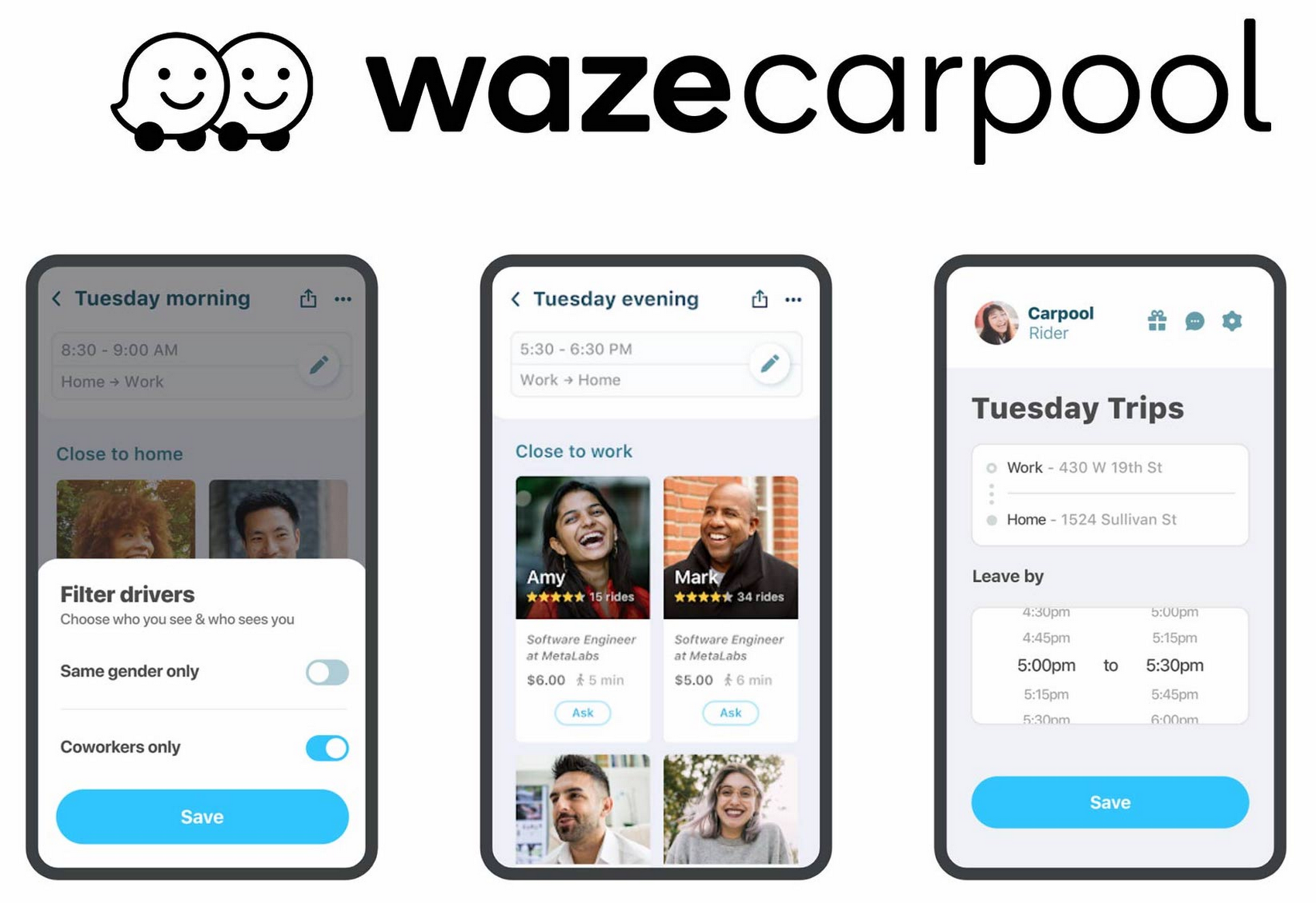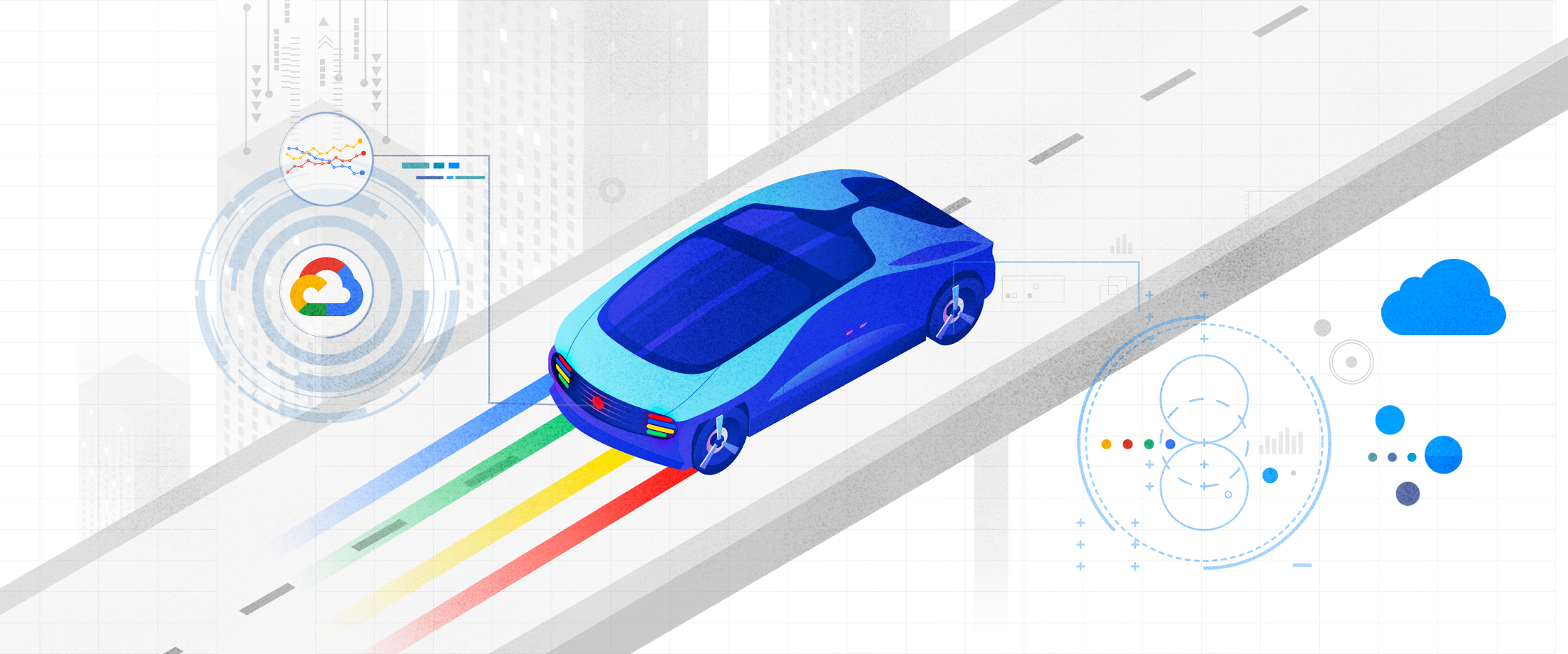Waze’s mission is to eliminate traffic and we believe our carpool feature is a cornerstone that will help us achieve it. In our carpool apps, a rider (or a driver) is presented with a list of users that are relevant for their commute (see below). From there, the rider or the driver can initiate an offer to carpool, and if the other side accepts it, it’s a match and a carpool is born.

**Let’s consider a rider who is commuting from somewhere in Tel-Aviv to Google’s offices, as an example that we’ll use throughout this post. Our goal will be to present to that rider a list of drivers that are geographically relevant to her commute, and to rank that list by the highest likelihood of the carpool between that rider and any driver on the list to actually happen. **
**Finding all the relevant candidates in a few seconds involves a lot of engineering and algorithmic challenges, and we’ve dedicated a full team of talented engineers to the task. In this post we’ll focus on the machine learning part of the system responsible for ranking those candidates. **
In particular:
- If hundreds (or more) drivers could be a good match for our rider (in our example), how can we build a ML model that would decide which ones to show her first?
- How can we build the system in a way that allows us to iterate quickly on complex models in production while guaranteeing a low latency online in order to keep the overall user experience fast and delightful?
#google cloud platform #ai & machine learning #machine-learning
